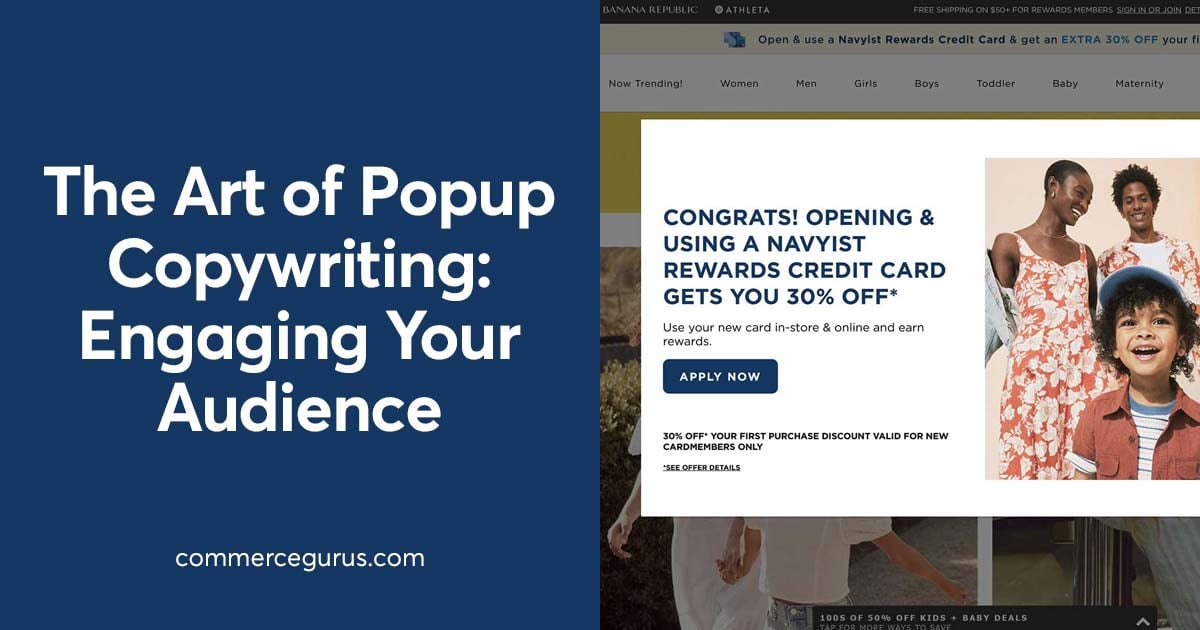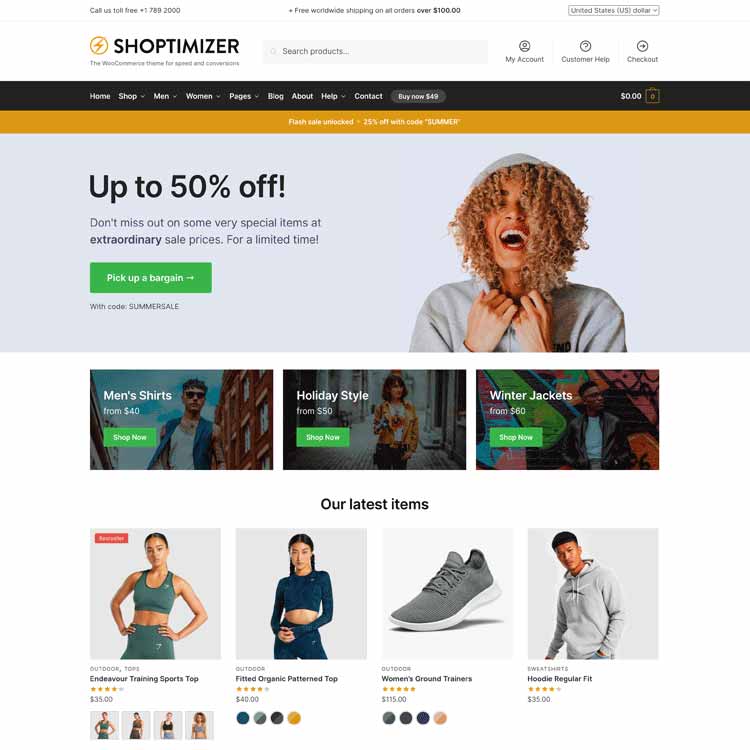- Good copywriting can make your popups more effective and grow your business.
- Ensure your popup copy is easy to read and is as clear and concise as possible.
- Apply your existing business branding and personality to your popups for a consistent user experience.
- The copywriting for the buttons of your popups is very important.
- Monitor the performance of your popups to learn what copy works best with your products and audience.
Popups can help you achieve a range of goals at your website, including growing your subscriber list and generating more sales.
However, for popups to be effective, they have to be implemented in the right way for your site, audience, and goals.
One important factor in whether or not you get it right is the copywriting used on your popups.
In fact, your popups can look amazing and be perfectly configured with the best triggers and display rules, but if their copy is lacking, you’ll fail to get the maximum results possible.
So, if popup copywriting is something you’ve overlooked, or you’d like to know if there’s more you can do to improve the copy of your popups, this guide is for you.
Evaluating and improving your popup copy is well worth the effort. If you become highly effective at writing popup copy, you should be able to offer fewer incentives to your visitors while still achieving impressive conversion rates — all thanks to writing more engaging and persuasive copy for your popups.
How to Create Engaging Popup Copy
The goal of your popups is to get visitors to take action.
That action can take many forms, but typically, for eCommerce stores, it includes signing up for an email marketing list, creating an account, joining a membership program, adding items to the cart, and making a purchase.
While the right incentives, such as a discount in exchange for an email sign-up, can definitely help, as can popup design and configuration, the copy used on your popups plays a big role in whether or not you achieve your goals.
So, with that in mind, here are the best ways to master the art of popup copywriting and engaging your audience.
Easy-To-Read Format
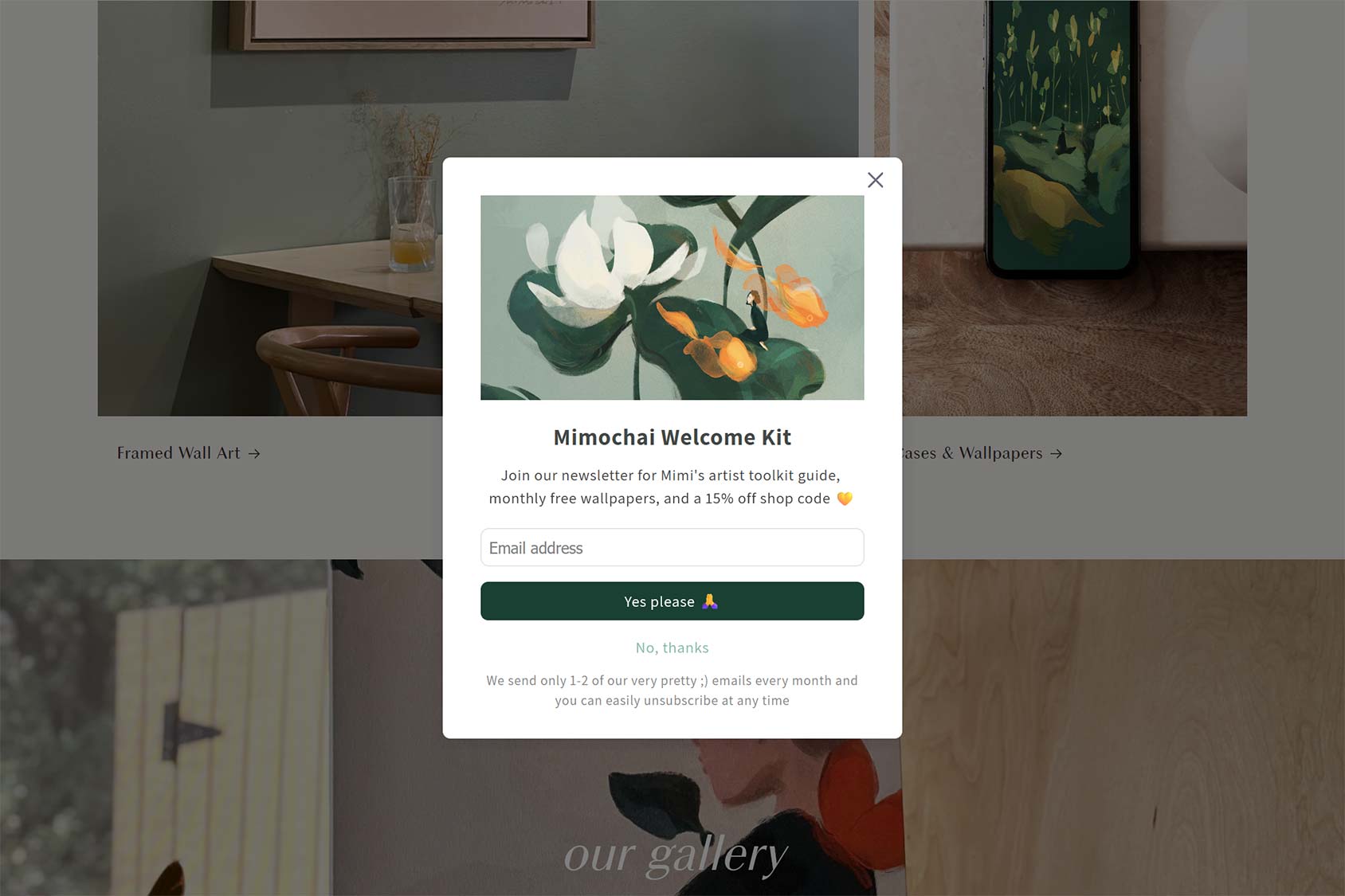
While what you say is very important, how it’s presented is also key.
This means you should make it as easy as possible for visitors to read your popup copy.
A tried and tested format is a popup heading, a brief message, and a call-to-action button. Less is more when it comes to popup copy.
If you have many great ideas for your popup copy, rather than trying to cram as many of them as possible into a single popup, create multiple popups for different parts of your site and use just one or two of those ideas on each popup.
Keeping the popup copy as concise as possible will increase the chances of it being read and engaging your audience.
Use Appropriate Tone and Voice
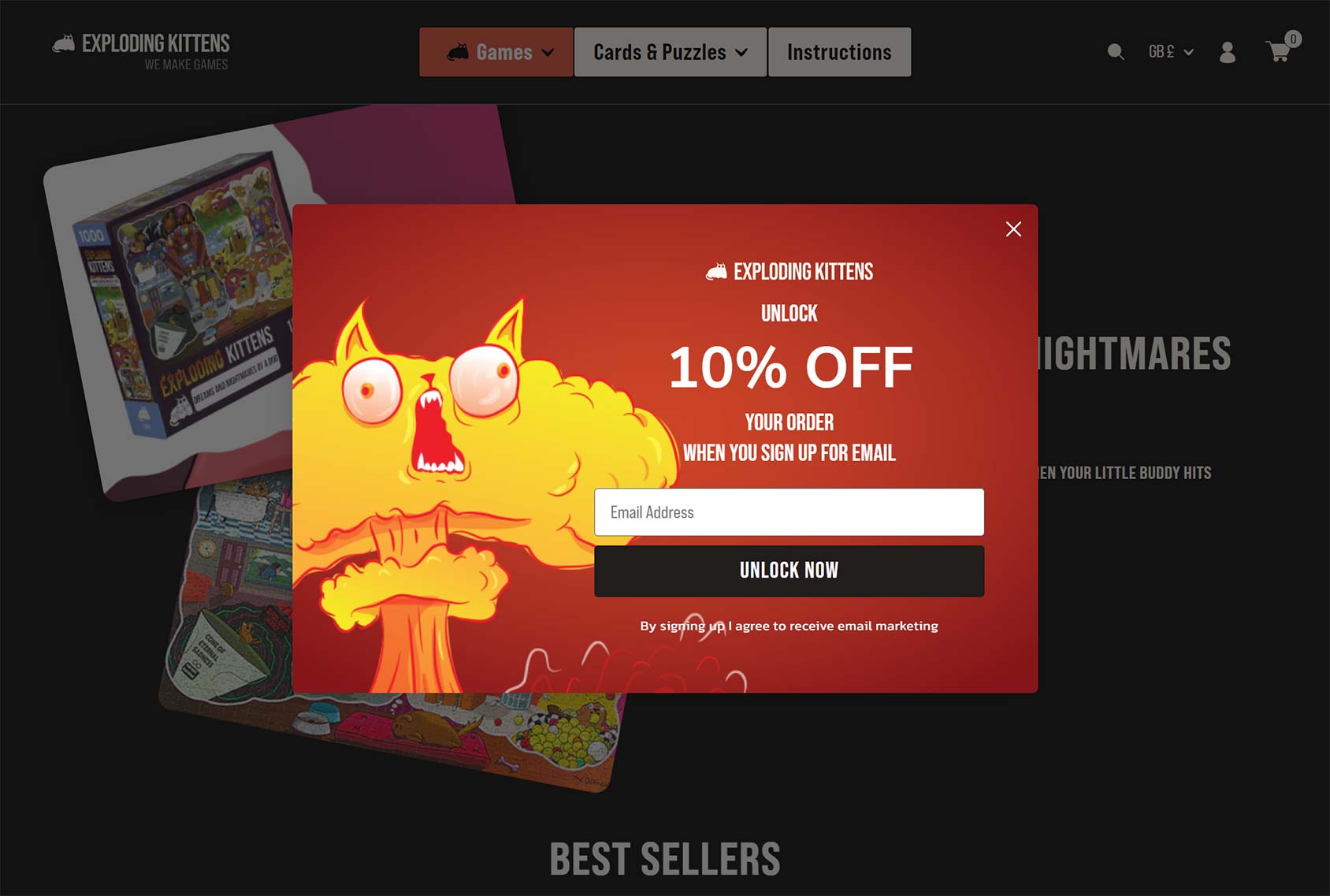
Your brand voice and tone that you use on your website should extend to your popups.
This means you should create popup copy that speaks to your visitors in a way that’s consistent with the rest of your site.
For example, if you’re selling fun products and experiences from your site, make sure the popup copy is also fun.
However, if you’re selling more serious items, ensure the tone of the copy from your website extends to your popups.
A popup appearing on a website can be disruptive for the user, which is part of why they’re effective. However, once they’ve popped up, the popup itself should be reassuring to your visitors and avoid further alarming them.
This is achieved by delivering a consistent user experience throughout your site and its popups.
Sell the Benefits
Yes, it’s true that you’re using popups to benefit your business.
However, your visitors should also benefit from engaging positively with your popups.
These benefits can take many forms, but it’s vital that you use your popup copy to explain the benefits clearly and concisely to your audience.
For example, you might benefit from gaining a new subscriber if a visitor chooses to optin to your email list via the popup, but to achieve this goal, you should explain to the user how they’ll benefit from signing up.
Potential benefits include access to subscriber-only content, such as new product release information, and early access to sales promotions running at your store.
You can also use popups to promote products. If doing so, use the popup copy to explain the ways the customer will benefit from the product. Depending on the product, this could include becoming more productive, healthy, or just having more fun.
Rather than using the popup copy to simply list product features — something you can do on the product page — use the copy to explain how the product will benefit the buyer.
Build Trust
Although popup space is limited, another element to consider adding is a section that builds trust with your audience.
This could come in the form of displaying a trust seal, using the popup copy to share a customer or client testimonial, information on awards won, the number of products sold, or some other element that conveys trust and social proof.
In some cases, such as when using a popup to promote a high-ticket item, most of the copy of the popup assigned to that page could be devoted to building trust. This could include popup copy that explains why the shopper should trust you, such as customer feedback ratings and details of your returns policy or guarantee. This popup copy could be displayed alongside a video testimonial from a happy user.
Combining a popup that contains this type of copy with the dwell intent trigger of your popup tool could be an effective way to convince hesitant shoppers to make a purchase.
Create a Sense of Urgency
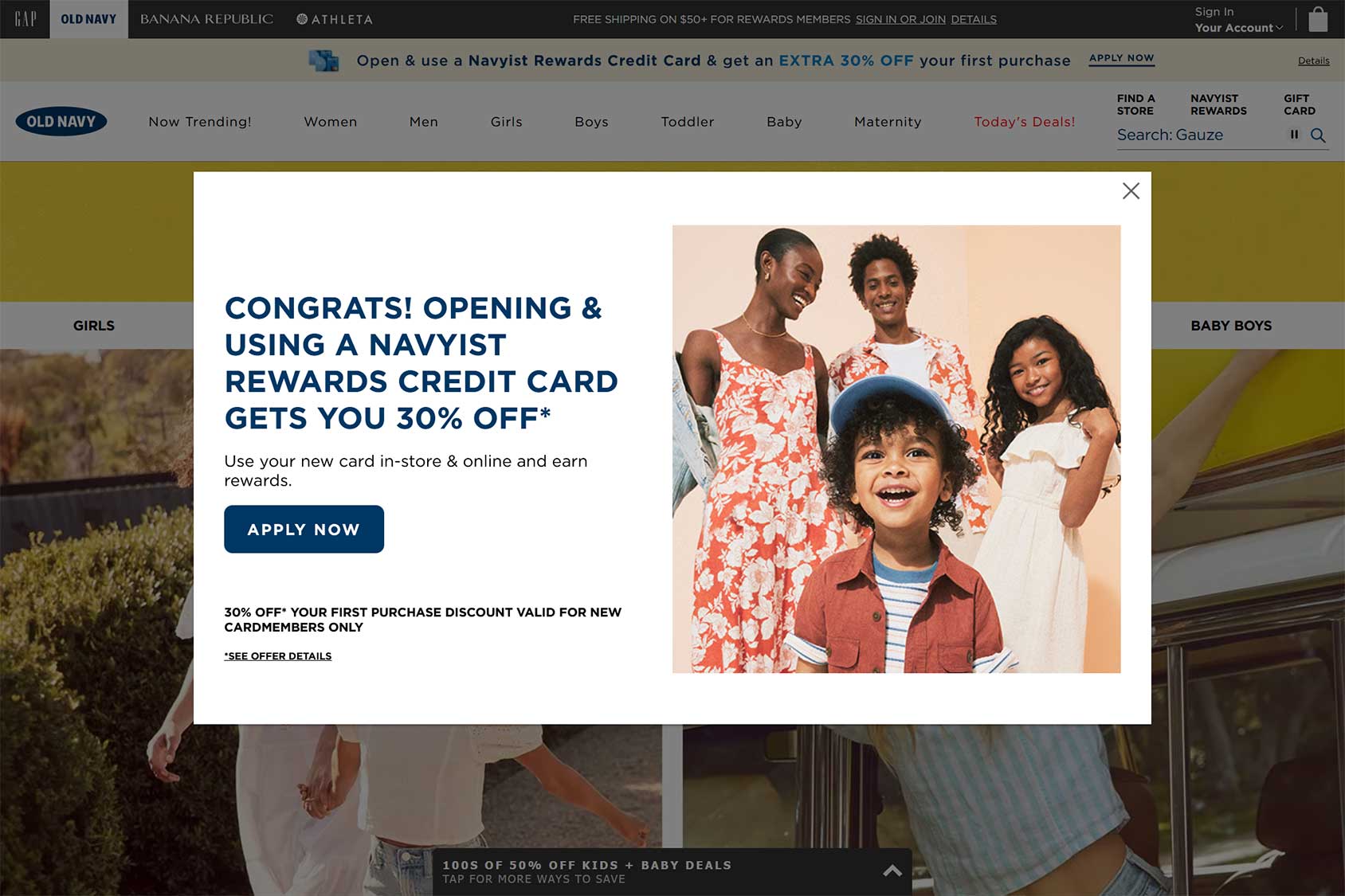
One key driver of conversions can be the customer’s fear of missing out.
Depending on the circumstances, this could be a fear of missing out on a limited product or a time-sensitive promotion you’re running.
If that type of scenario is relevant to your store, you could use your popup copy to inform customers that they’ll miss out if they don’t take action today.
Of course, it’s vital that the claims you make in your popups are truthful.
Don’t use your popup copy to urge your customers to avoid missing out on a product that’s unlikely to sell out any time soon. The same goes for promotions that are advertised as ending in a few days but are then available again almost as soon as they’ve ended.
However, if you can truthfully say that a customer will miss out if they don’t take action, then using your popup copy to explain this to them can benefit both you and your audience.
Clear Popup Calls-to-Actions
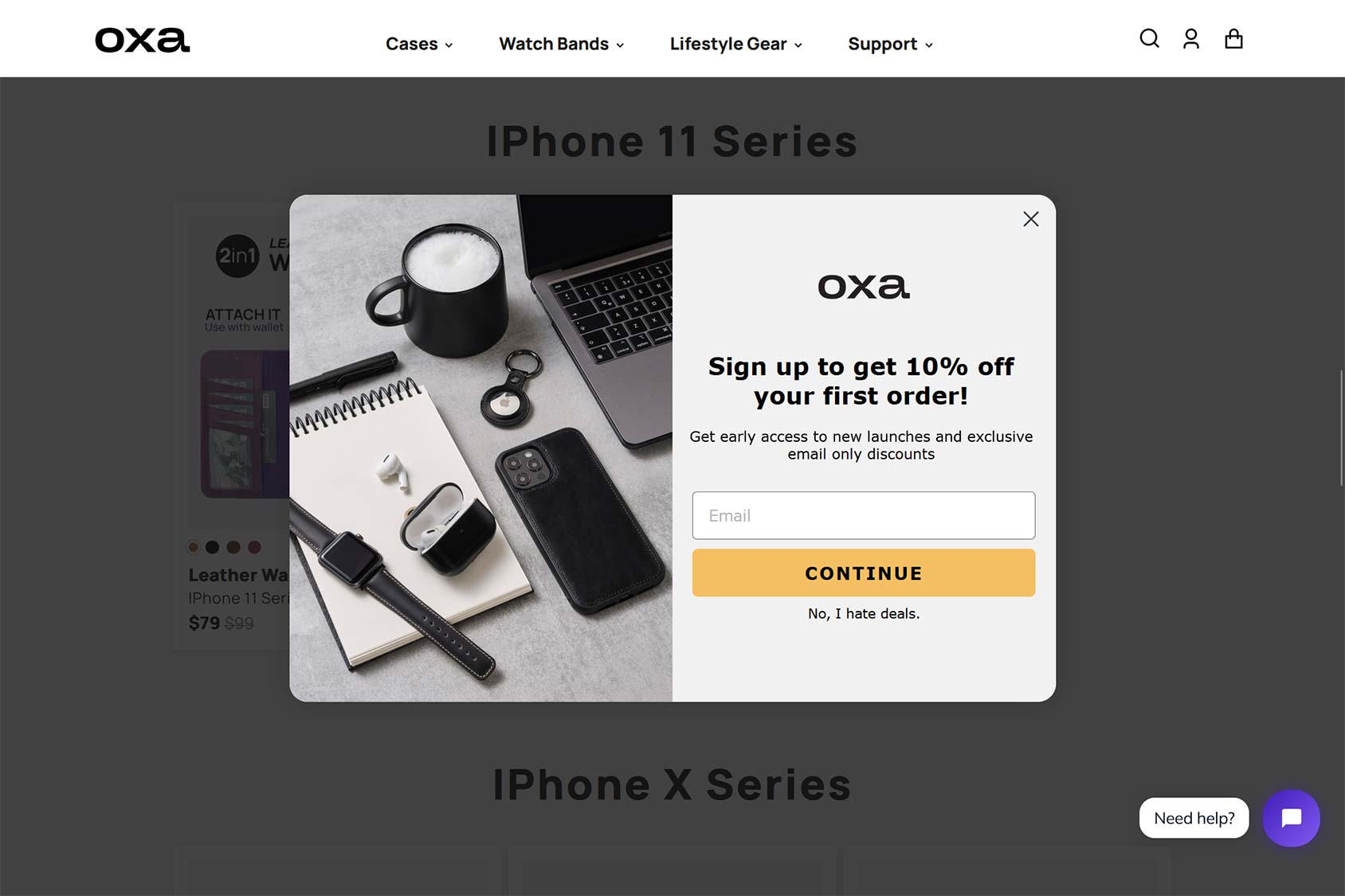
The copy used on your popup buttons or calls-to-action (CTAs) is equally important as the rest of your popup copy, if not more so.
If the visitor does not perform the final action of clicking on the button, then it doesn’t matter how engaging the rest of the popup is.
When writing the copy for your popup buttons, make it clear exactly what each button does.
However, you should also use positive and encouraging language to increase the visitor’s chances of clicking on the button and, in turn, the conversion rate.
So, instead of just having a “yes” button, change the copy to something more compelling. The button copy should relate to the offer being presented to the visitor, such as “Get 10% Off” or “Give Me the Coupon Code”.
Another popular tactic is to make clicking the rejection button less appealing. This can be achieved with button copy that explains what happens if the visitor rejects the offer, such as “No, I don’t want to save 10%” when you’re offering them a 10% discount for subscribing to your email list.
Think about the main reason why someone might accept your offer, such as saving money or joining a membership program, and then use that for the button copy.
Don’t Forget to Test!
The above is good advice for creating engaging popup copy.
However, all stores, products, and audiences are different. Therefore, it’s vital that you experiment with your popup copy and try different variations to see what resonates best with your audience.
A good popup tool should provide you with information on how your popups are performing, enabling you to make data-driven decisions on how to write engaging popup copy.
Summary
Mastering the art of popup copywriting will enable you to create high-converting popups for your eCommerce store.
To get better at writing popup copy, follow the above advice and ensure that it’s easy to read, stays true to your brand tone and voice, and explains the benefits of responding positively.
You can also use your popup copy to build trust by including impressive stats and details. Creating a sense of urgency can work well, too, provided it’s genuine and isn’t used to trick shoppers into taking action.
Getting your popup copy right will involve some trial and error. You’ll need to monitor how your visitors engage with your popups and learn from the popups with the highest conversion rates and those that don’t resonate with your audience.
It’s definitely worth focusing on and is one key way to get the maximum impact from your popup maker.

